You can’t go wrong with Shopify if you want to create and operate an online store. But while this e-commerce platform is considered easy to use, it can initially seem intimidating.
Fortunately, we are here to help.
Whether you want to handle every aspect of your business independently or think about using a Shopify fulfillment service, this tutorial will help beginners.
1. Create your Shopify account to enjoy a free trial

Did you know that Shopify offers a 14-day free trial? All you have to do is sign up for an account, and you can start using the platform for free.
Once you have entered your email address and chosen a password, Shopify will ask questions about yourself and your business to optimize your experience. If you don’t have a business yet, just answer those questions the best you can for now.
2. Familiarize yourself with your admin dashboard

You will then have access to the admin dashboard of your new Shopify store. Your admin dashboard is where you can update the name and details of your business, customize your online store, and add products to it.
Take a moment to familiarize yourself with your dashboard and check what can be found in its different sections. Setting up your store will take a moment, but it’s necessary.
3. Build and customize your Shopify store
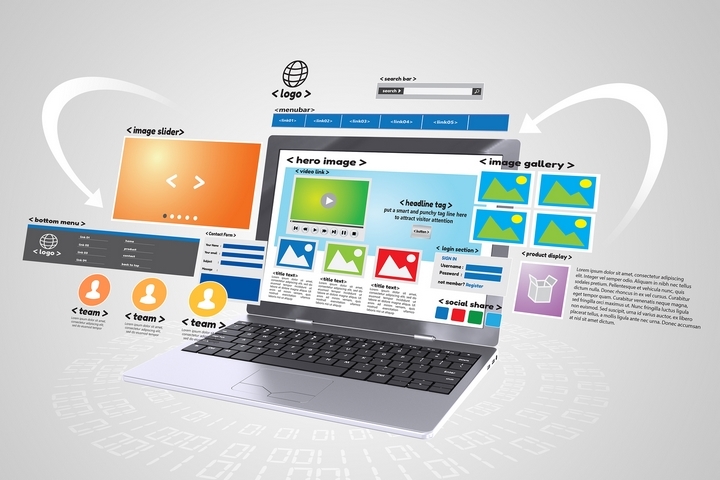
To start customizing your Shopify store, click on Online Store. There, you will be able to preview different available themes. Some are free to use, but others require a fee.
Choose a theme you like, and add it to your store. You can customize your theme with images, text, fonts, and colour schemes.
4. Select your preferred sales channels
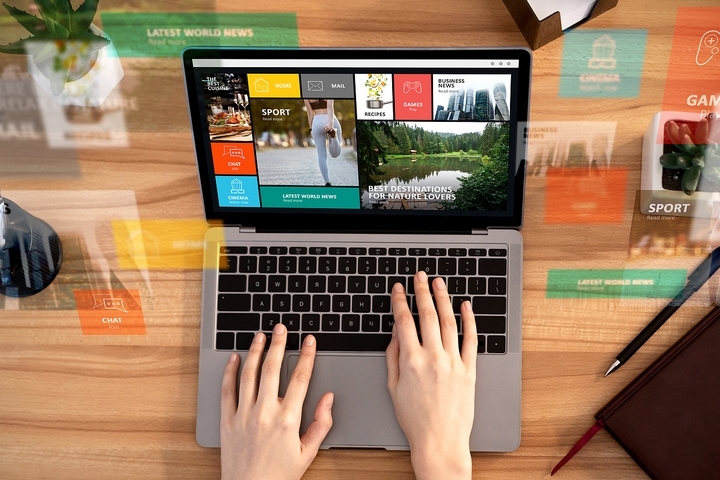
Your Shopify store is a sales channel, but your Shopify account allows you to choose multiple sales channels. Go to the Sales Channels section, and activate the ones you want to use.
Shopify allows you to sell your products in person, on different e-commerce marketplaces, and even social media. They will show you how to set up the sales channels of your choice.
5. Start adding products to your store

Add some products to your store if you already have some to sell. You can also choose to add them to your other sales channels.
Each product page will need accurate descriptions, relevant keywords, and great photos. You can set up collections to make it easier for your customers to find what they’re looking for, and you can easily duplicate product pages if you need to add variants.
Shopify allows you to sell digital products in your store. Ensure you uncheck the box that says “This is a physical product” as you set up the product page.
6. Finish setting up your store

Now that you’ve added some products to your store, you still need to do a few things before you can go live and start accepting orders. Get to your store’s Settings area, and fill up the different sections there.
You will get to decide how your customers can pay for their orders. Shopify stores can accept credit card payments and options like PayPal, Apple Pay, or Google Pay.
You also need to decide which delivery methods will be offered and set up shipping rates for your products, among other things.
Take the time to consider your different options and finish setting up your store.
7. Consider getting a custom domain name
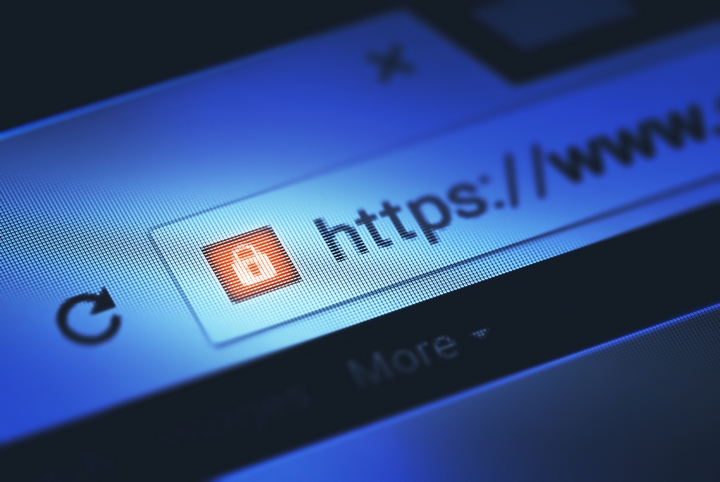
Shopify will assign a default URL to your online store. But if you want a customized URL that will look great on a business card and make it easier for your customers to find your store, you will need a custom domain name.
You can connect it to your store if you have already purchased one. You can buy one from Shopify if you don’t have a domain name yet.
8. Test your Shopify store before going live
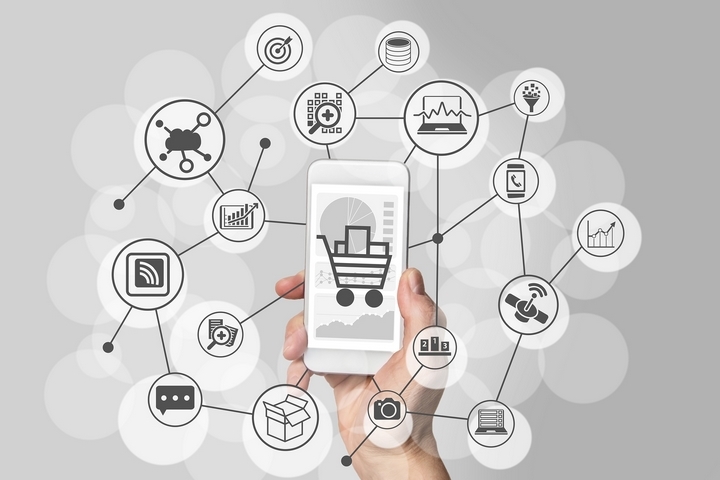
Before you tell everyone you know to visit your new Shopify store, it’s a good idea to test it to ensure it works properly.
The easiest way to do this is to visit your store as if you were a customer and place an order. You can then simply cancel your order to avoid paying transaction fees.
9. Pick a plan and officially open your store
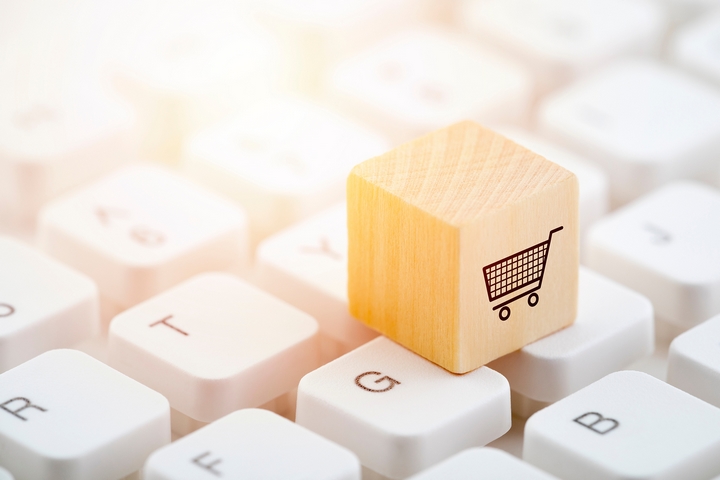
The last step in this tutorial for using Shopify for beginners is to pick a plan before officially opening your store. Shopify offers three different pricing plans, and since you’re just getting started, the basic plan might have enough features for you.
Of course, you will only start paying after your free trial ends!

